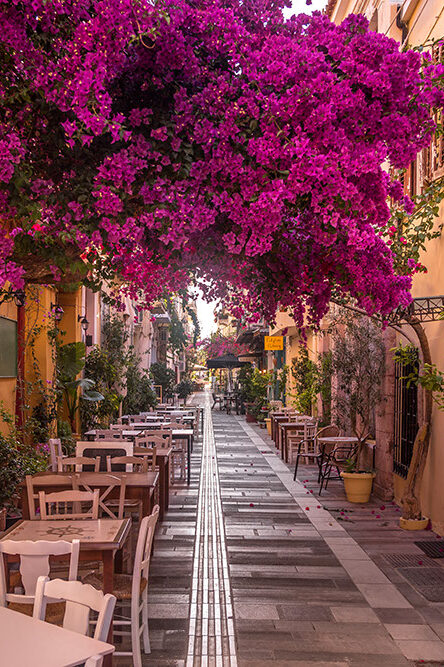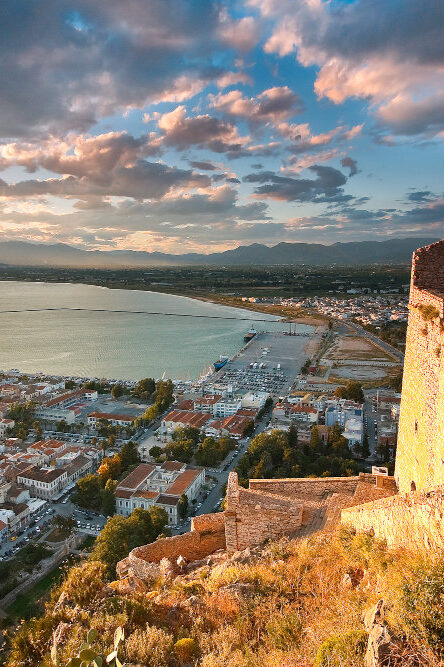Maria Tsialtoura
Kyprou 3, 21100 Nafplio, Greece
Tel. 2752024229
Mob. 6931147998
email: sales@tsialtoura.gr
Our city
The city is built on the southeastern edge of the fertile Argolic plain, on the Argolic Gulf and is known for its well-preserved old town that attracts a large number of visitors throughout the year, its agricultural production consisting mainly of citrus fruits (oranges, lemons, tangerines, etc.) and its port that attracts a significant number of yachts and merchant ships. It also houses a large number of public services and the Department of Theatre Studies of the University of Peloponnese.
According to Greek mythology, Nafplios founded Nafplia on the site of today’s city, which was fortified with cyclopean walls. Archaeological findings prove the existence of the city since Mycenaean times. However, the city lived largely under the shadow of Mycenae and later Argos, having little importance. The city began to develop during the early Byzantine years when refugees from the interior of the Peloponnese settled the fortified hill of Acronafplia.
However, the real development of the city will come with its concession to the Franks in 1212 and especially after 1388 when the Venetians conquered it. The Venetians took care of the expansion of the city, its fortifications and its port, making it one of the most important cities of the Peloponnese. In 1540 the city was occupied by the Ottomans until 1686 when it was recaptured by the Venetians. The second period of Venetian rule is characterized by the creation of the strong fortress of Palamidi and by significant building activity. In 1715 it was reincorporated into the Ottoman Empire and was even designated the capital of the Morea Vilayet until 1770, remaining an important local center.
The city played an important role in the Greek War of Independence with a prolonged siege beginning in 1821 and ending in 1823. After its liberation, it was designated the capital of the country until 1834 when it was transferred to Athens. Nafplio will be designated the seat of the province of Nafplia and the prefecture of Argolidocorinthia (later the prefecture of Argolida) and will follow the course of free Greece. The importance of the city will be significantly degraded with the emergence of new trade routes and the development of the ports of Corinth, Gythio and Piraeus but it will remain one of the most important cities in the Peloponnese.
SOURCE: el.wikipedia.org








